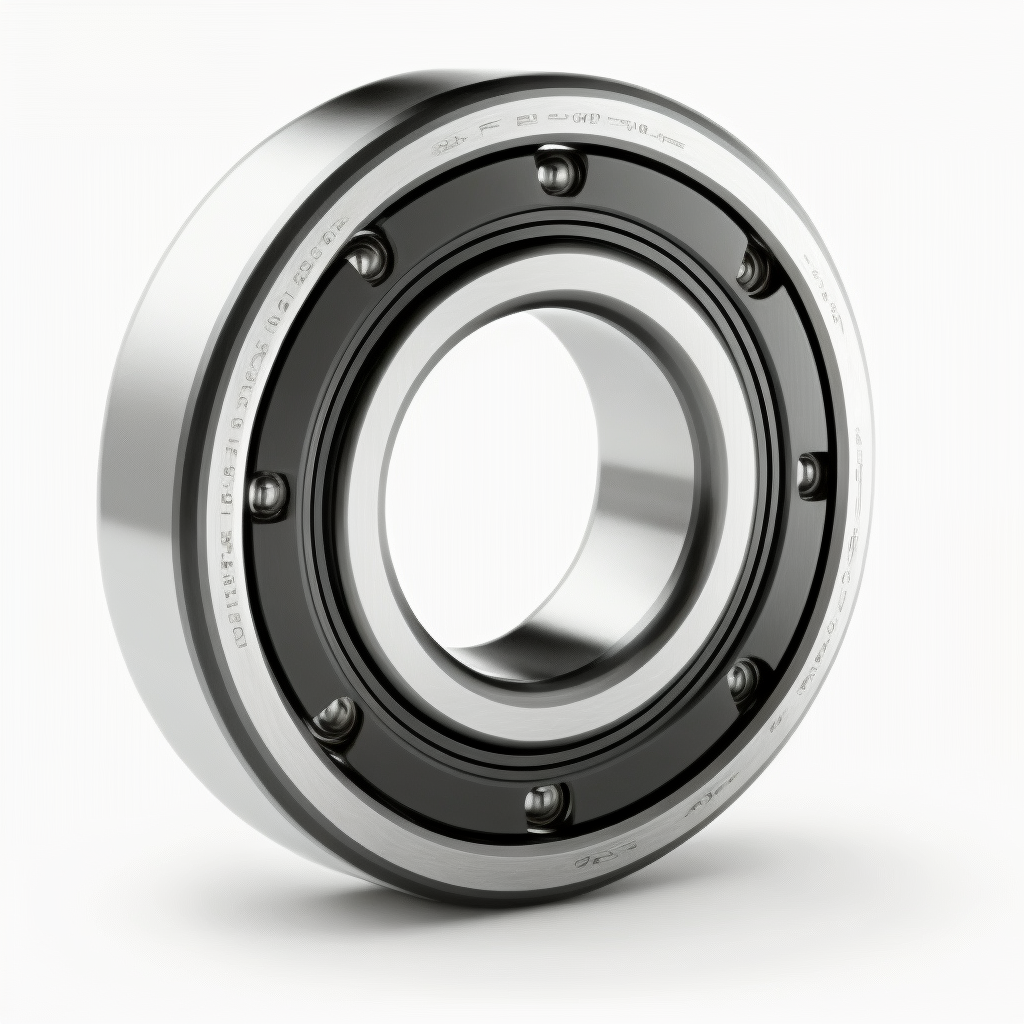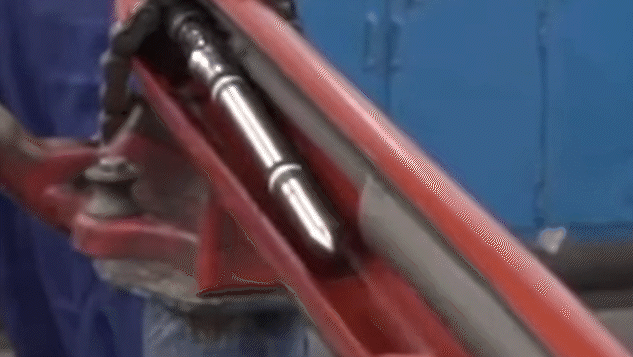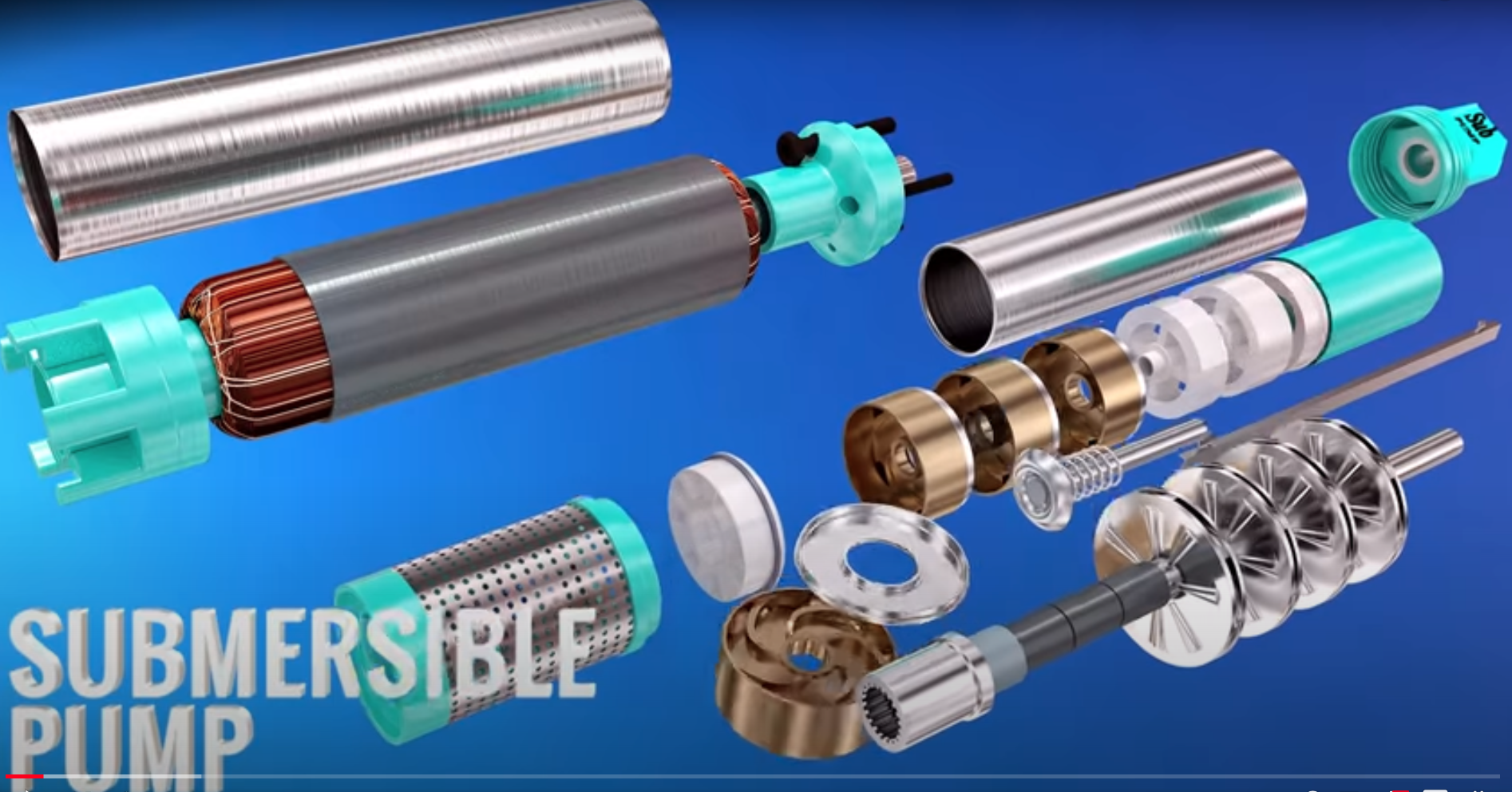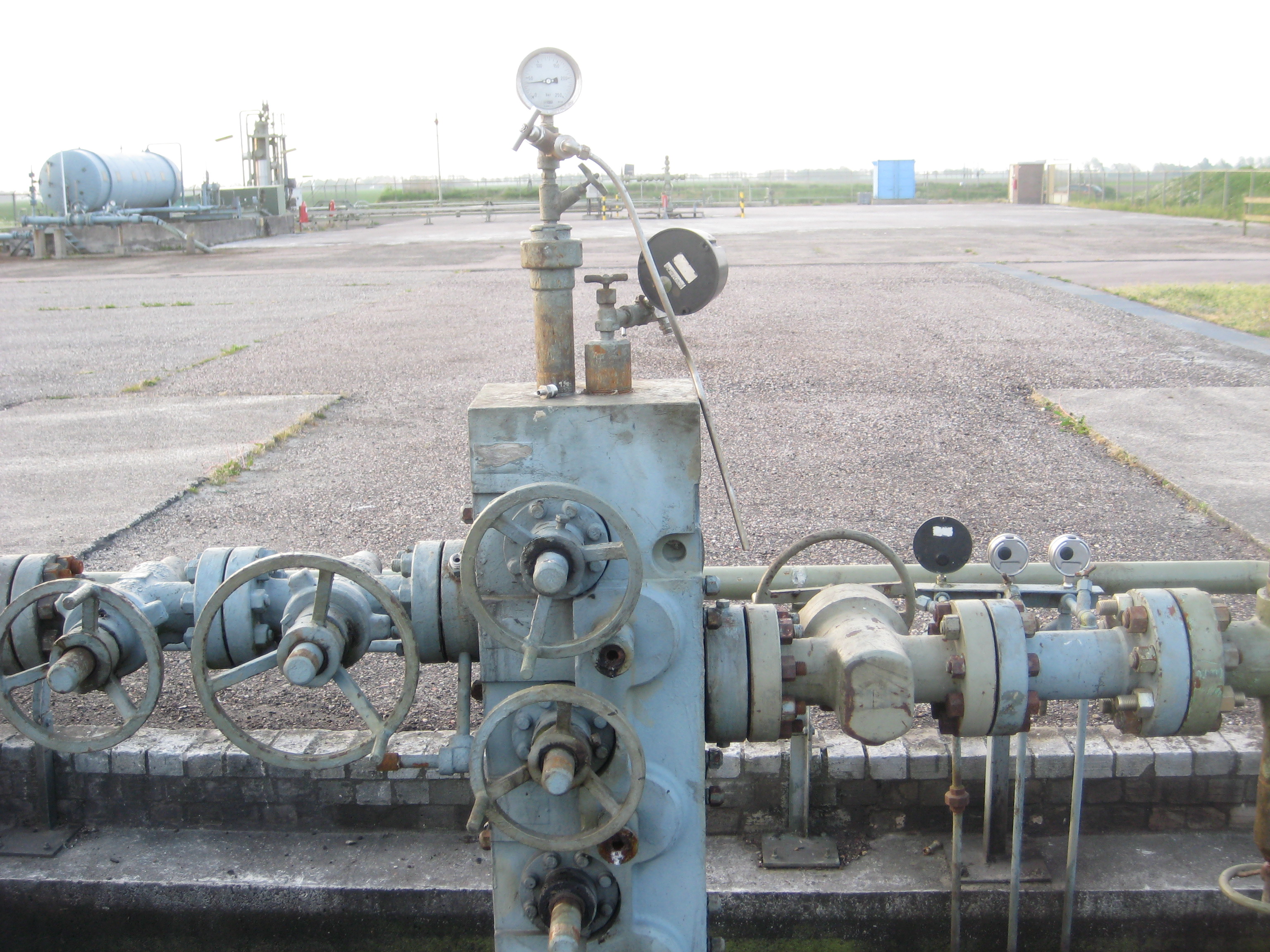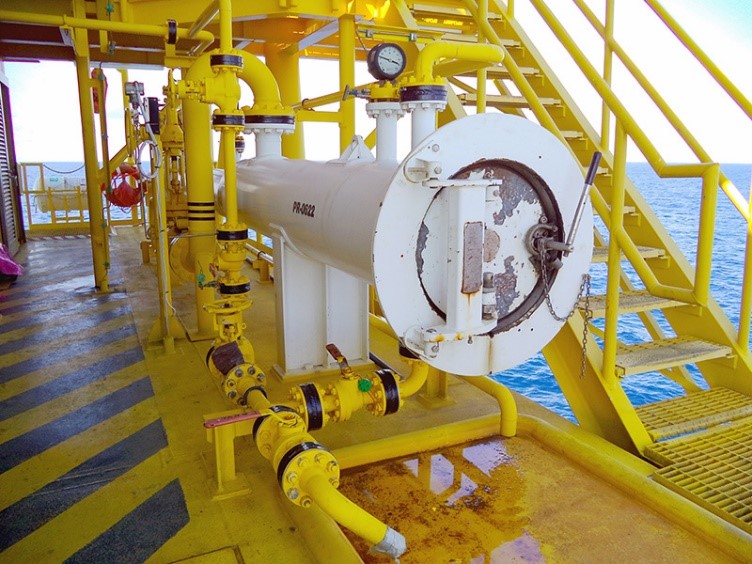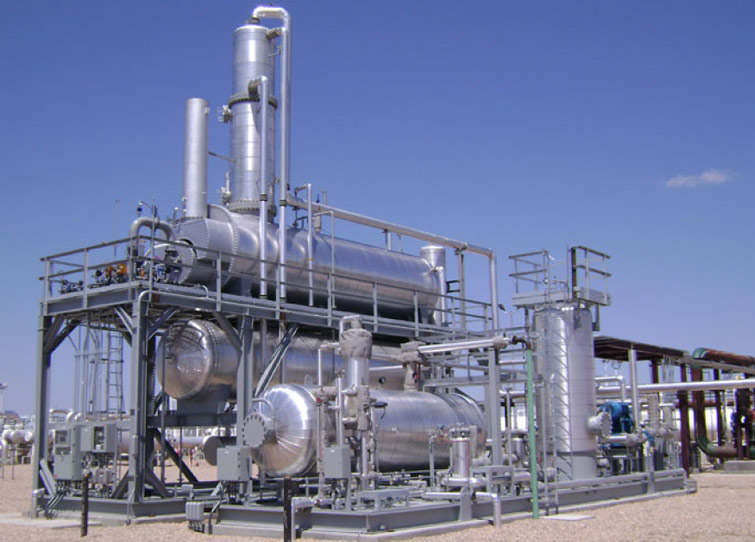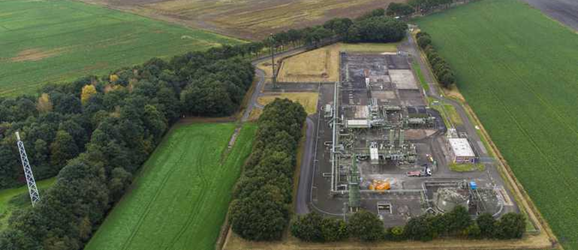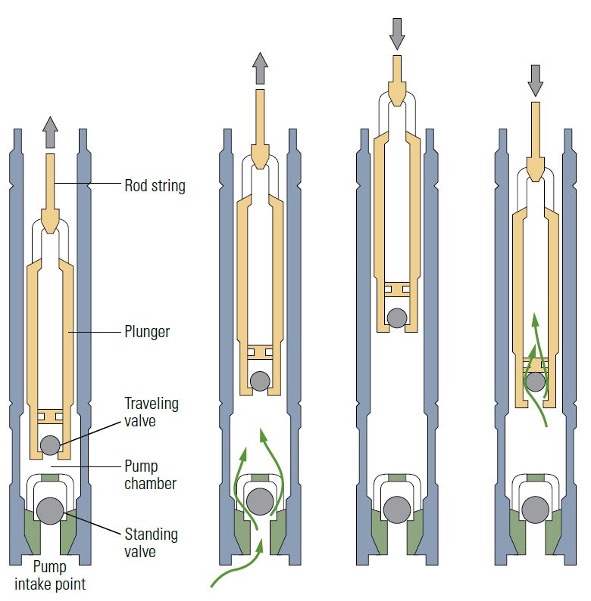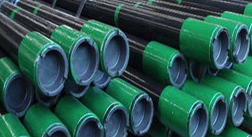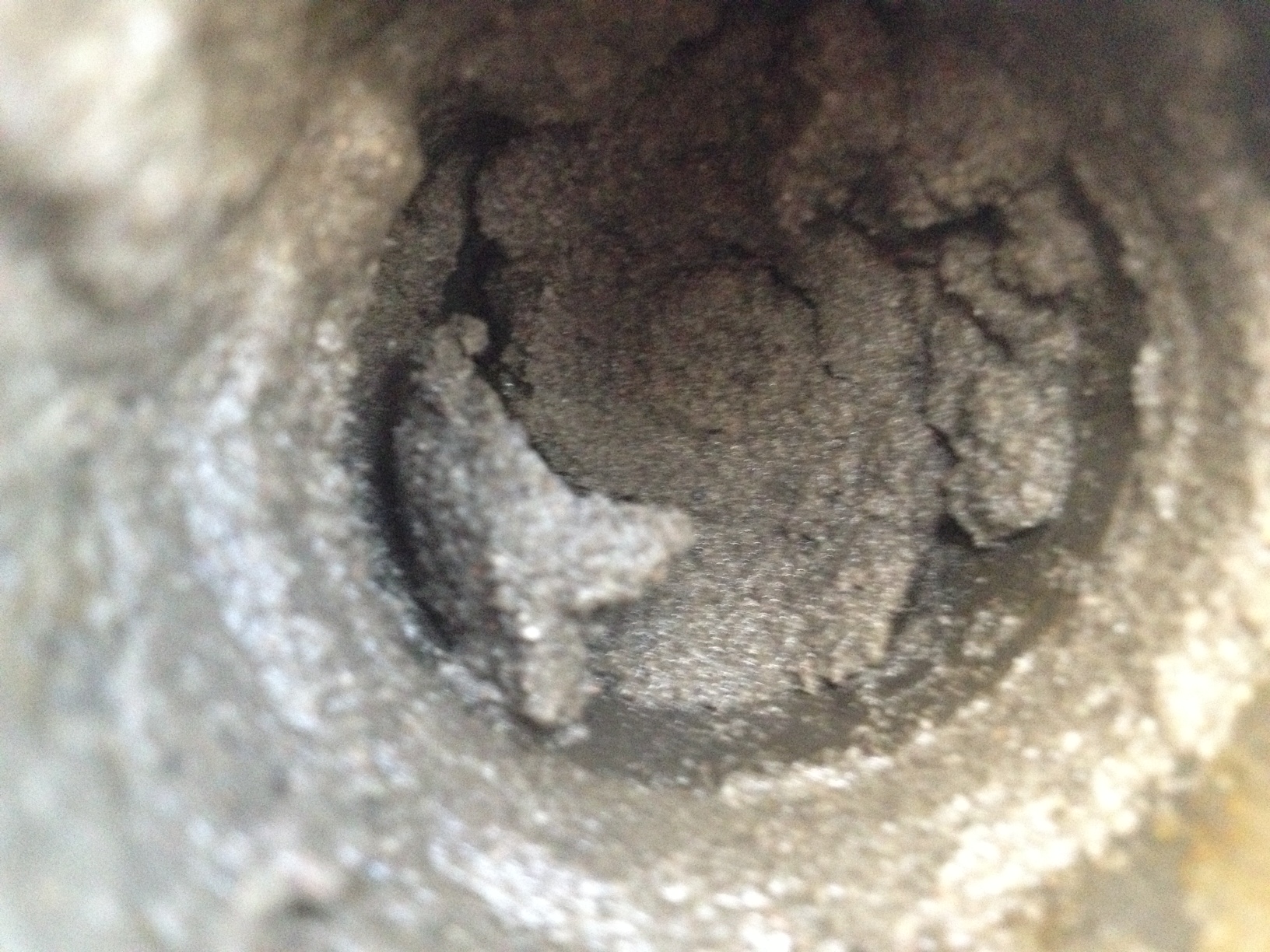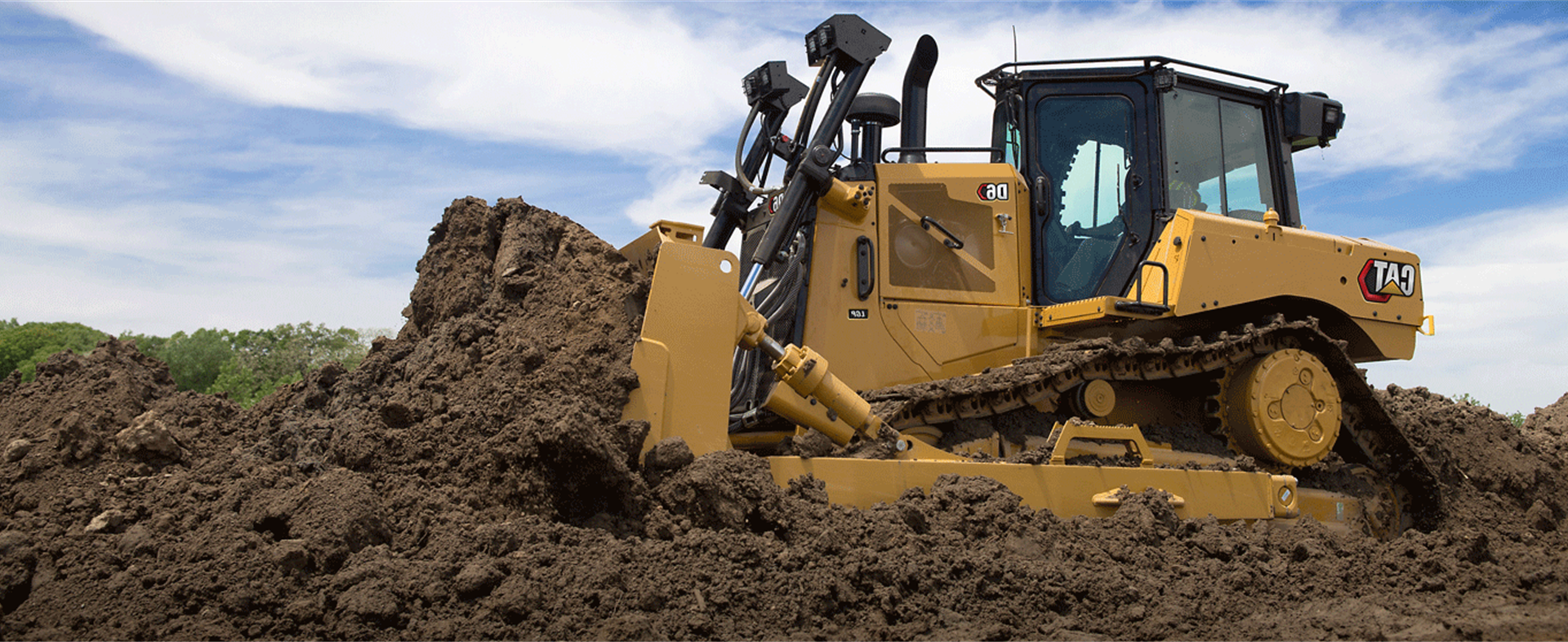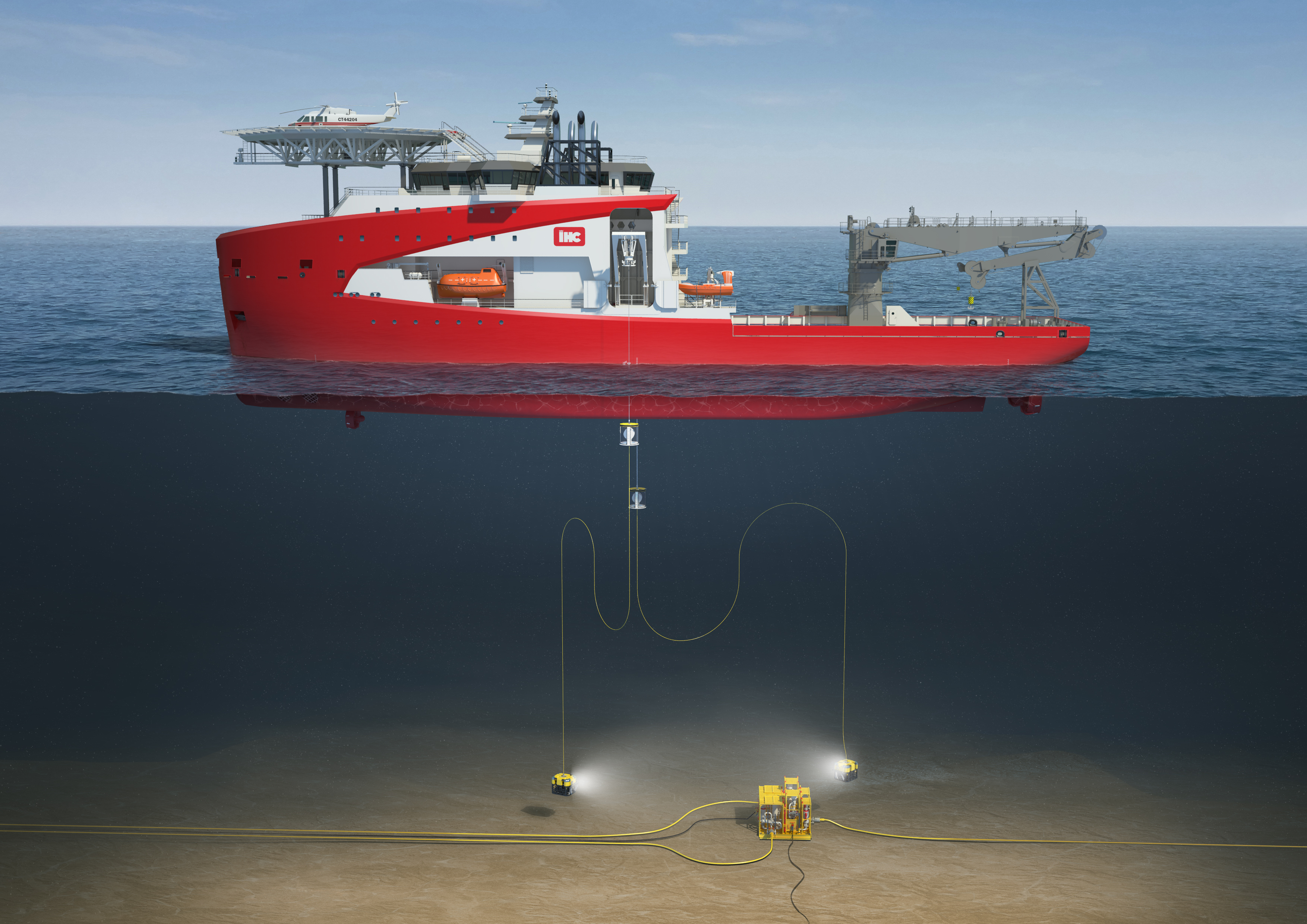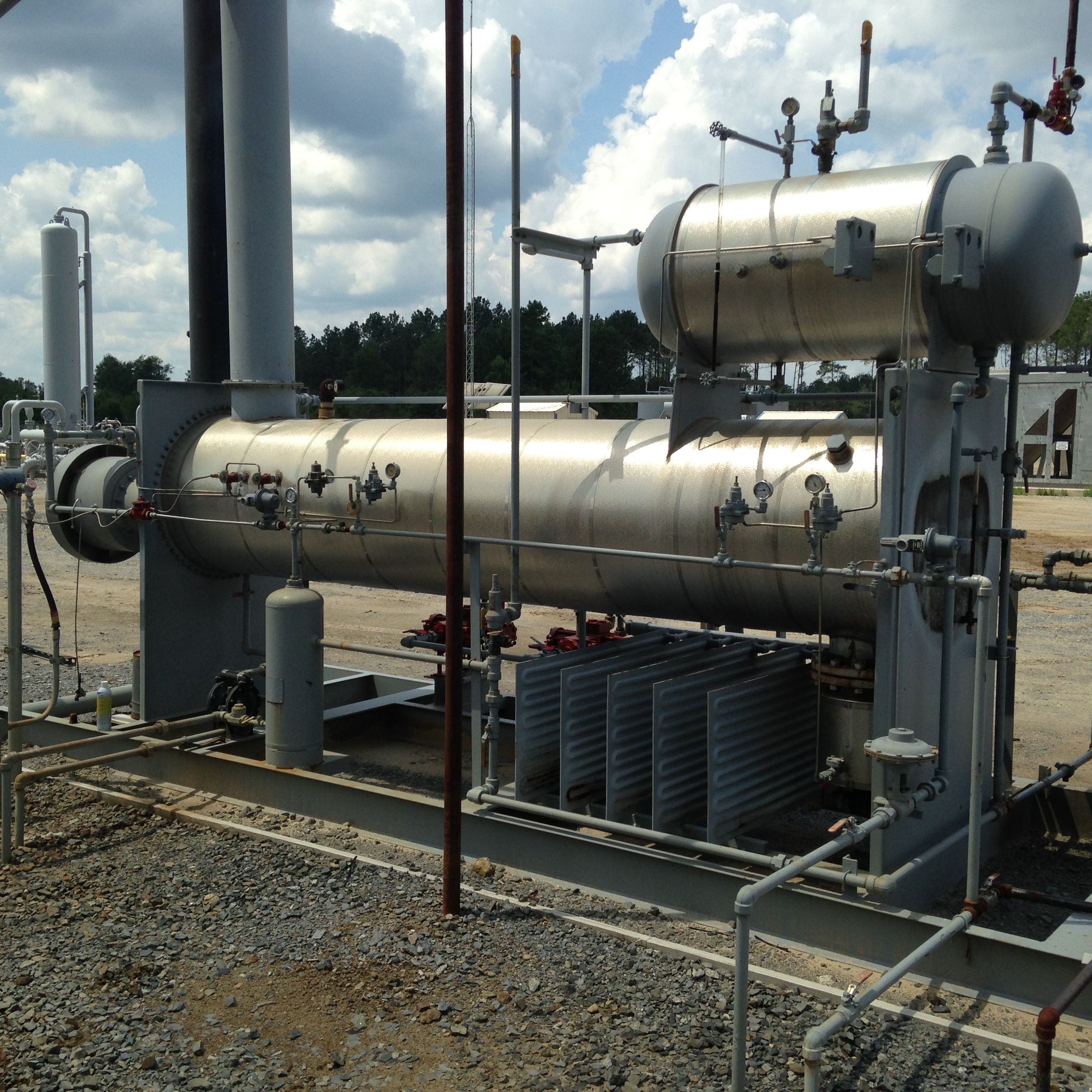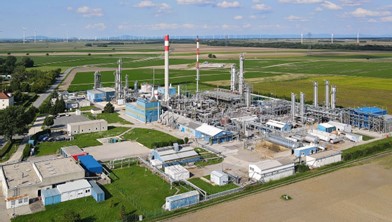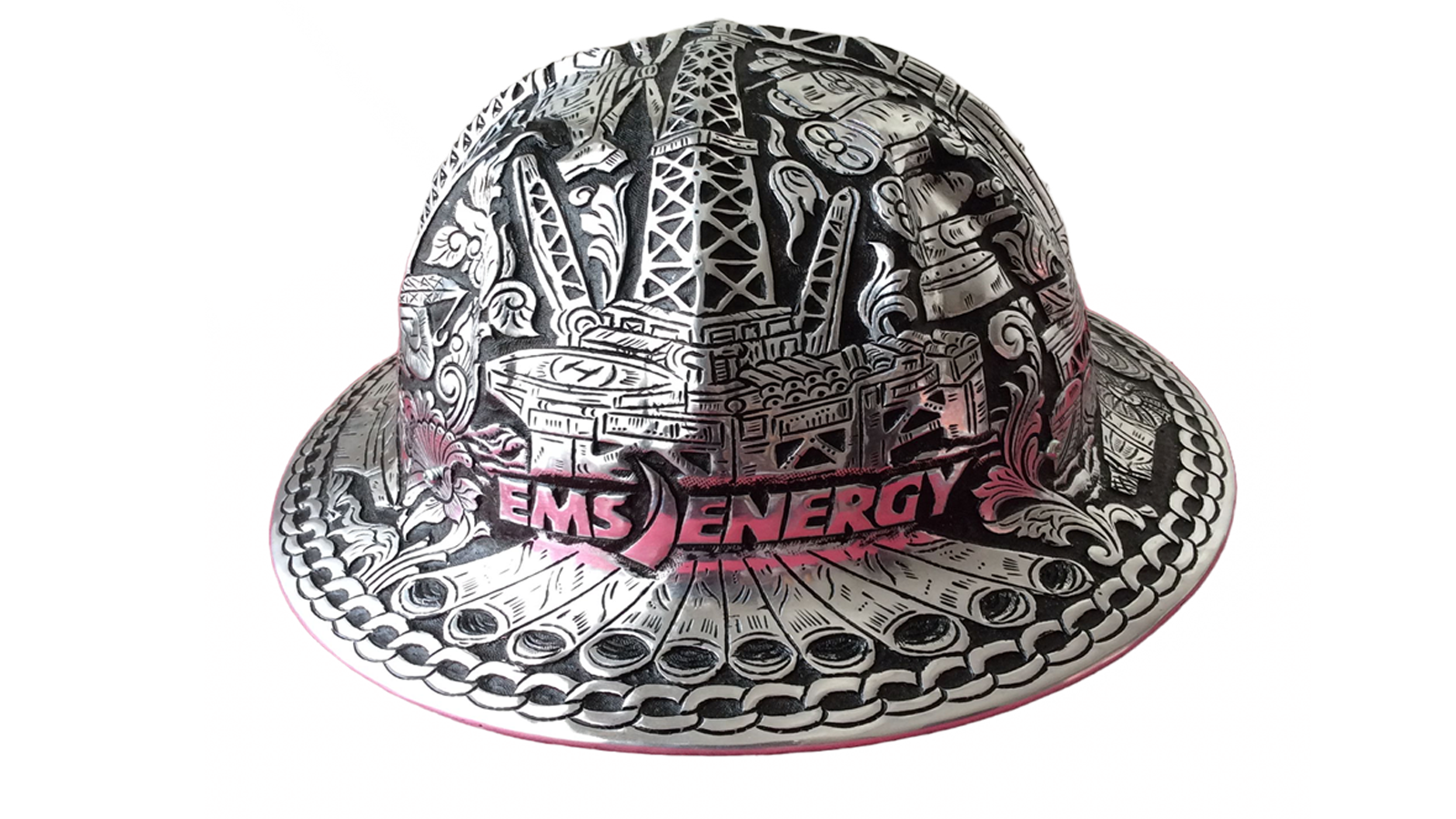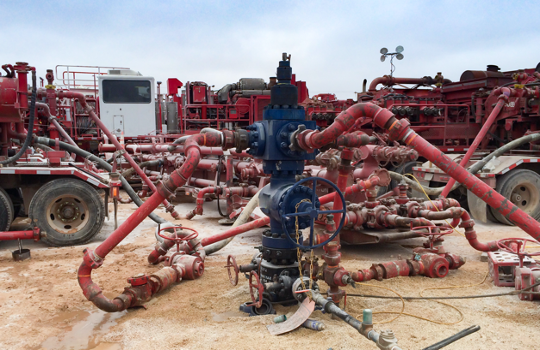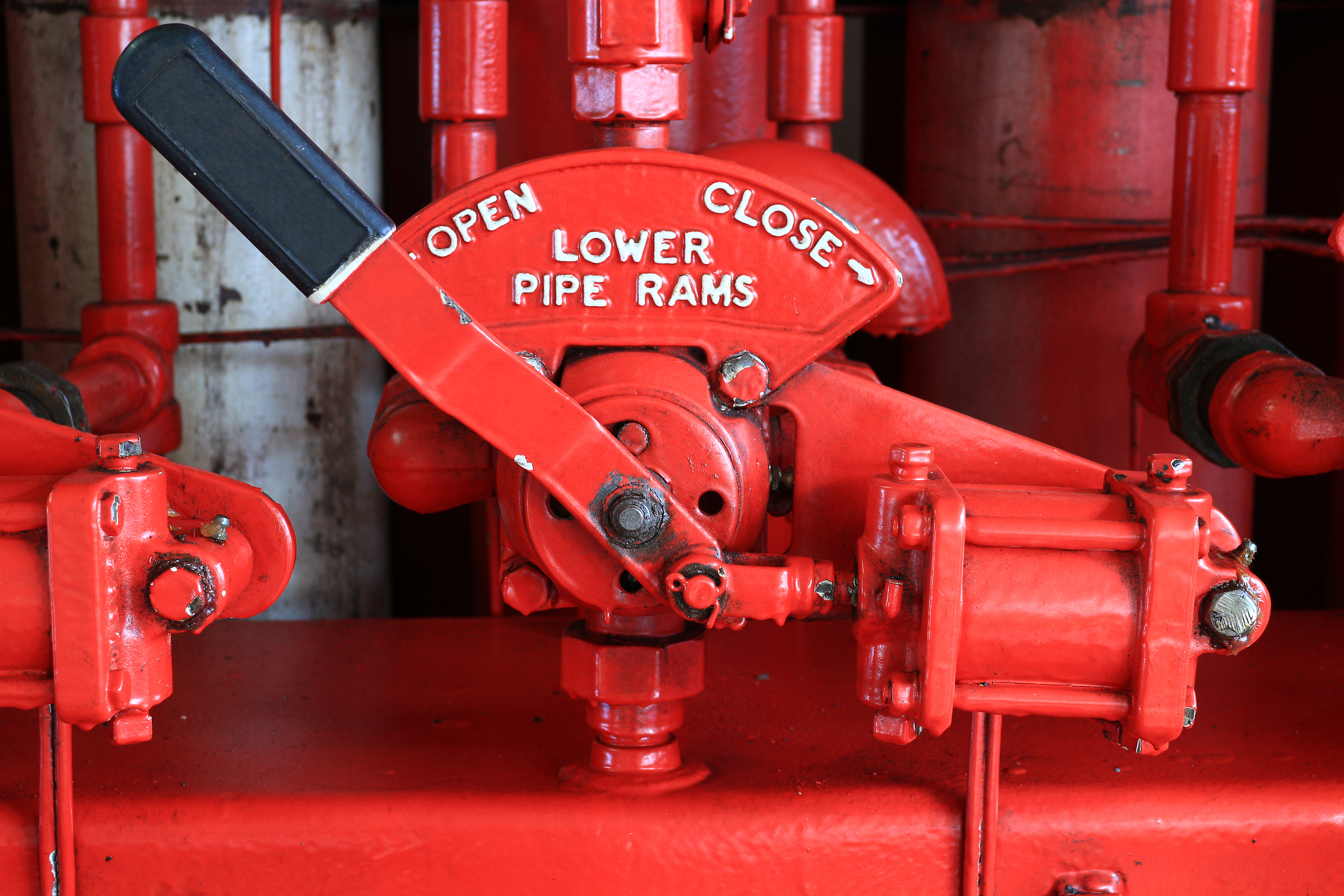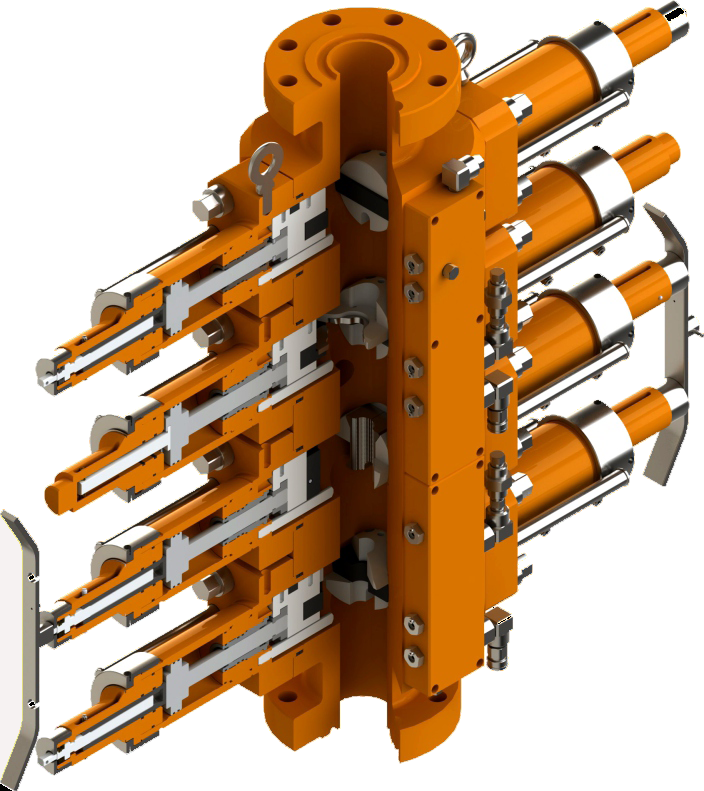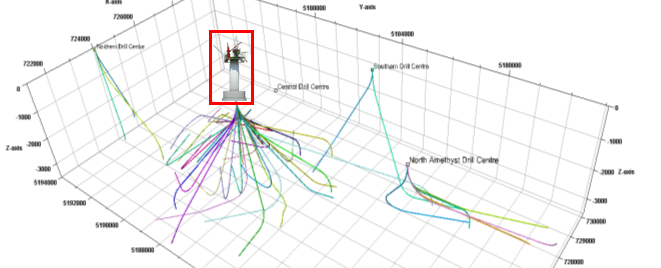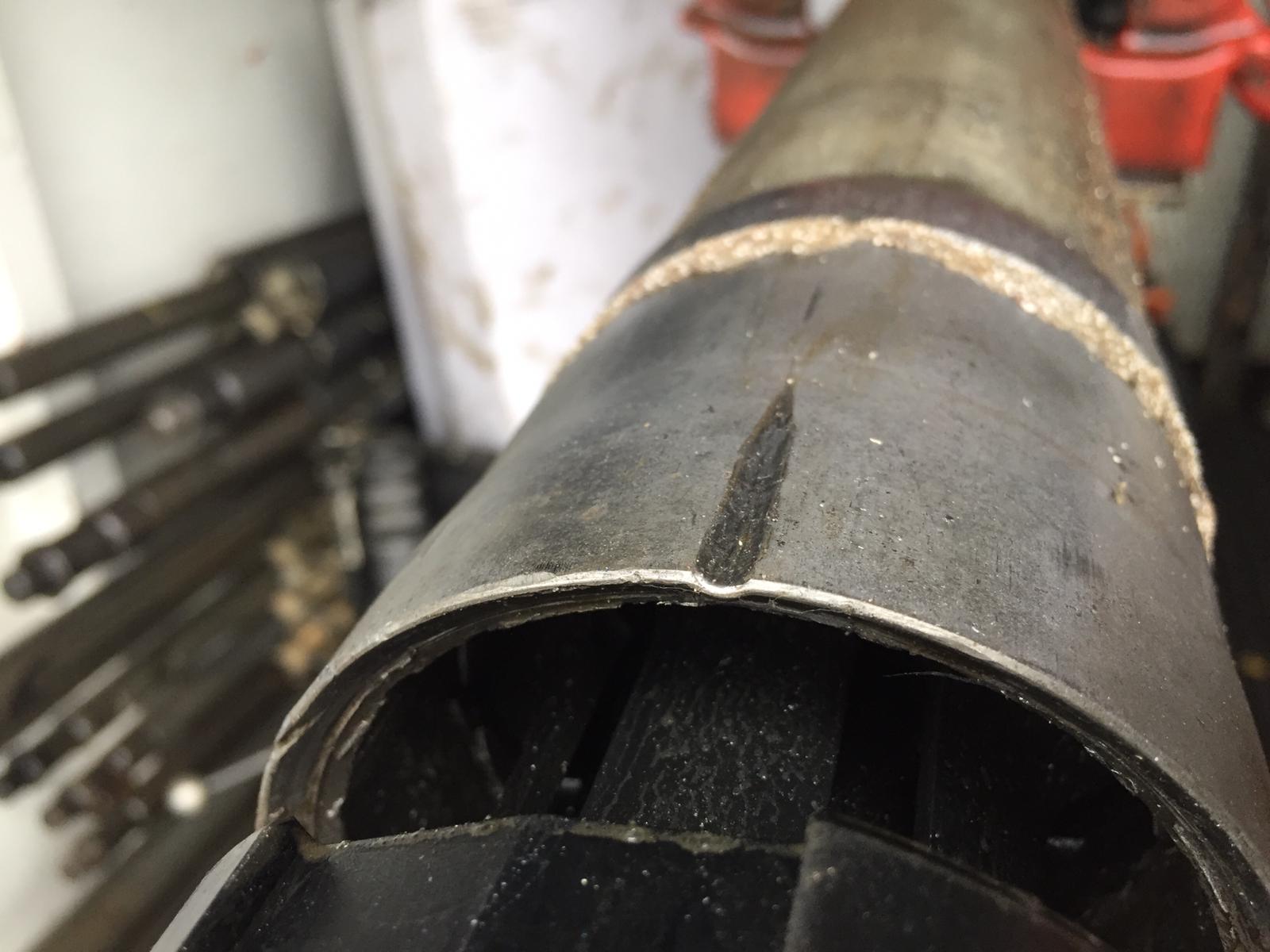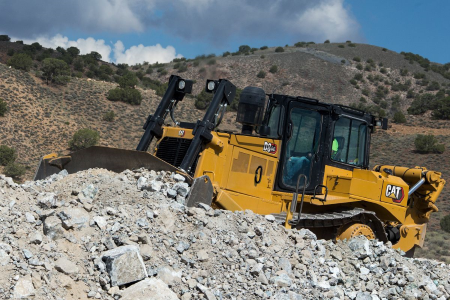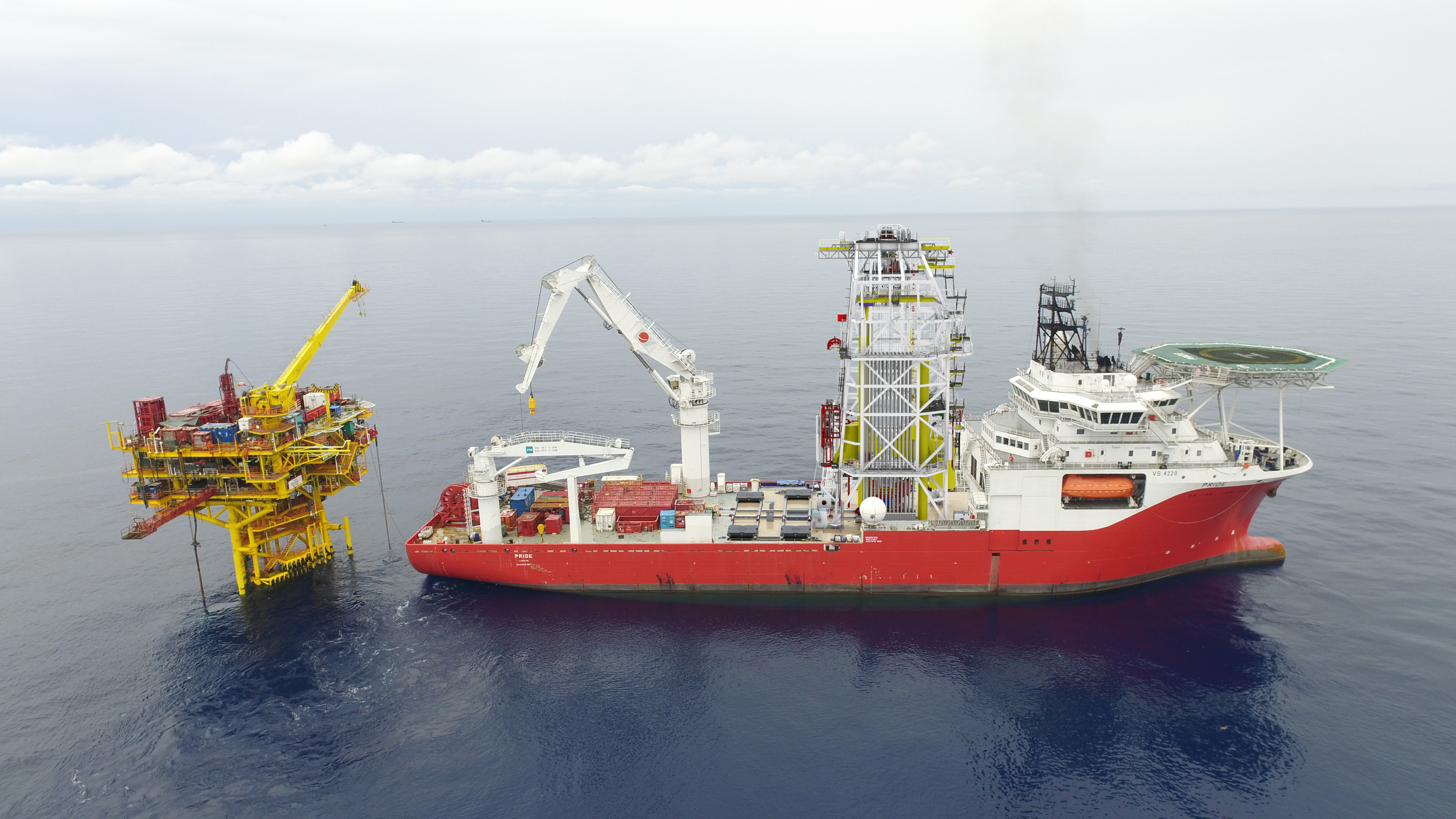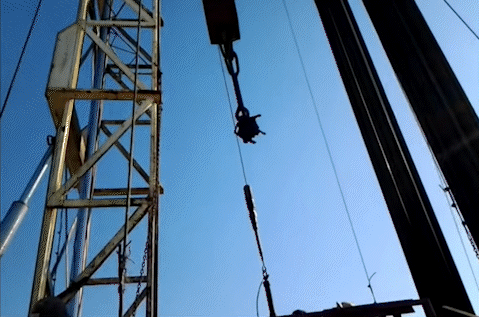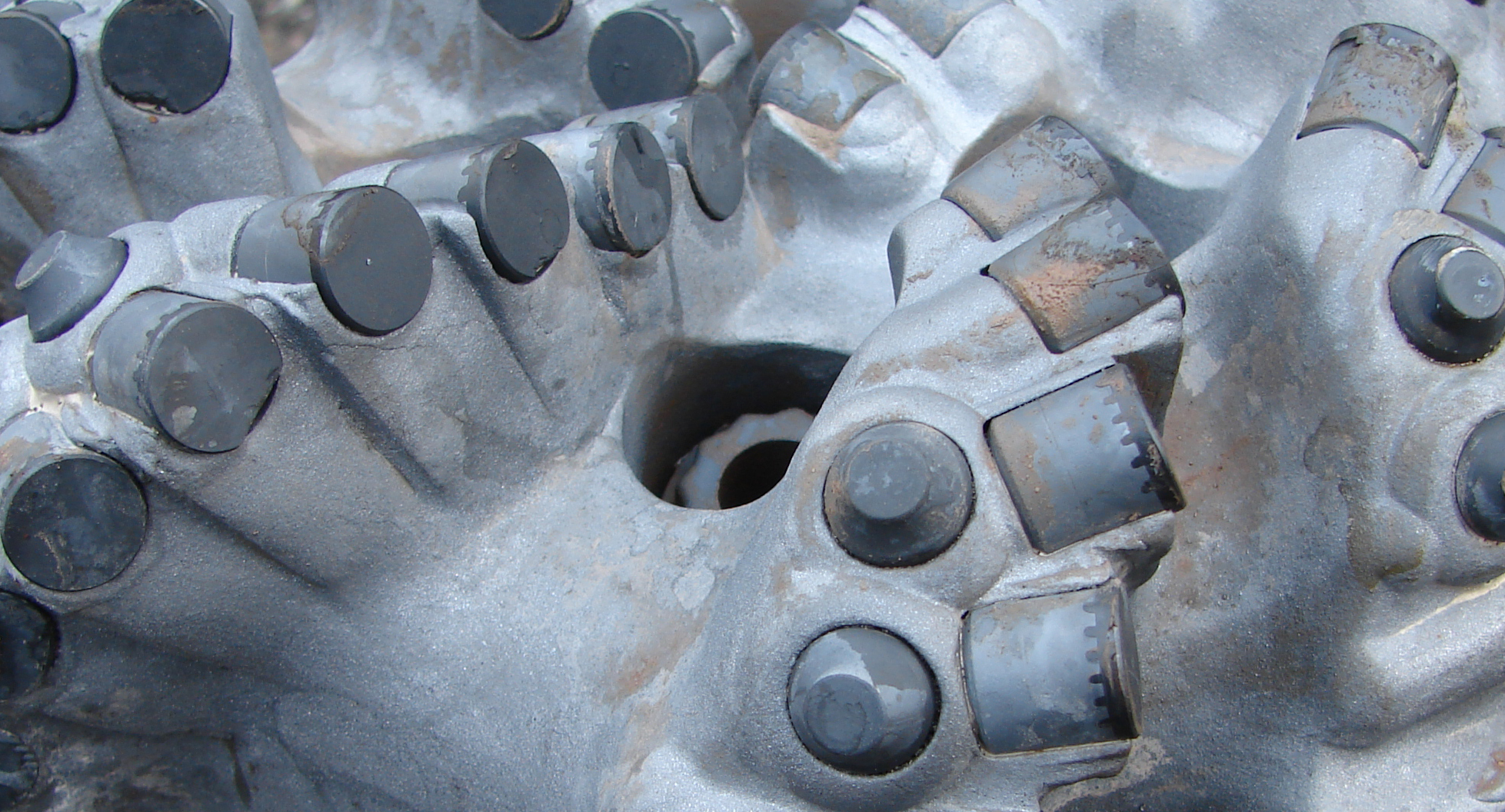The Use of Bulldozers in Different Projects
Construction
What is a Bulldozer?
Bulldozer is a heavy earth moving equipment that is used in industries and grading applications, including construction, mining, demolition, landscaping, oil and gas fields, and agriculture work. The Bulldozer pushing numerous quantities of materials such as snow, soil, rubble, debris and release materials.
Which one is most commonly used in the industry?
In the oil and gas industry, the most commonly used bulldozers are typically Caterpillar models, particularly the Caterpillar D6, D8 and D9. These are favored due to their power, durability, and ability to handle the rugged terrain often found in oil and gas fields.
Caterpillar D6, is a well-known and widely used model, though it is generally considered a medium-sized bulldozer compared to the D8 and D9 models. The D6 can be used for tasks like grading, trenching, and maintaining access roads.
Caterpillar D8: Known for its versatility and balance between power and maneuverability. It's used in a wide range of applications, including road building, land clearing, and site preparation in oil and gas fields.
Caterpillar D9: This is a larger, more powerful model used for more demanding tasks, such as pushing large volumes of earth or rock. It's particularly useful in tougher environments where heavy-duty work is required.
The Use of Bulldozers in Different Projects
Construction
What is a Bulldozer?
Bulldozer is a heavy earth moving equipment that is used in industries and grading applications, including construction, mining, demolition, landscaping, oil and gas fields, and agriculture work. The Bulldozer pushing numerous quantities of materials such as snow, soil, rubble, debris and release materials.
Which one is most commonly used in the industry?
In the oil and gas industry, the most commonly used bulldozers are typically Caterpillar models, particularly the Caterpillar D6, D8 and D9. These are favored due to their power, durability, and ability to handle the rugged terrain often found in oil and gas fields.
Caterpillar D6, is a well-known and widely used model, though it is generally considered a medium-sized bulldozer compared to the D8 and D9 models. The D6 can be used for tasks like grading, trenching, and maintaining access roads.
Caterpillar D8: Known for its versatility and balance between power and maneuverability. It's used in a wide range of applications, including road building, land clearing, and site preparation in oil and gas fields.
Caterpillar D9: This is a larger, more powerful model used for more demanding tasks, such as pushing large volumes of earth or rock. It's particularly useful in tougher environments where heavy-duty work is required.




